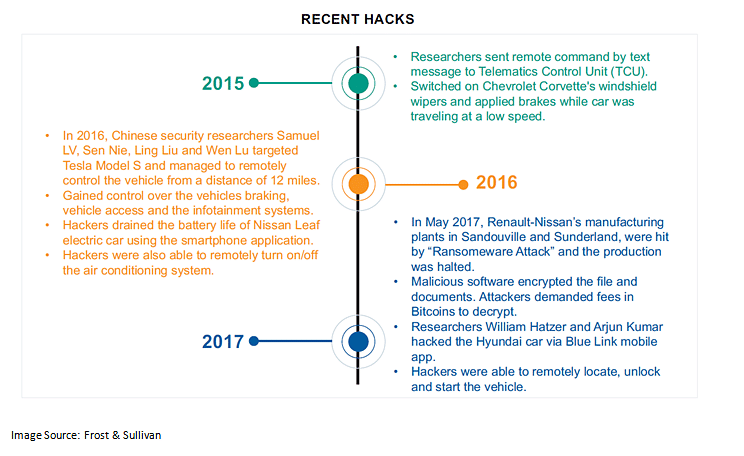OEMs, Tier-1 suppliers and IT companies to focus on digital infra
In order to fully utilize the potential and benefits of digitalisation companies are developing short and long term strategic plans.
Automobile OEM’s, Tier-1 suppliers and technology companies are setting up new business units focusing on digitalisation and hiring professionals to create short and long term strategic plans, says a white-paper released by Frost & Sullivan and digital-security firm Irdeto.
Automobile manufacturer’s current digital transformation strategy roadmap is to develop digital services and then move to Mobility as a Service (Maas) business model by 2025. The goal is to eventually position the vehicle as an element of future connected living solutions by 2030. Technologies such as Big Data, Artificial Intelligence (AI), block-chain and cyber-security will be extensively leveraged for digitalisation activities during 2018–2025.
With more than 1,700 new digital start-ups expected to disrupt the automotive industry by the end of 2017, OEM’s and Tier-1 suppliers expect to be benefitted from this disruption.
An estimated investment of $37.95 billion was made by Auto industry in 2015 and is expected to increase up to $82.01 billion by 2020 on advanced technologies. The number of threats from cyber-attacks has grown manifolds globally – Renault-Nissan’s manufacturing plants in Sandouville and Sunderland were hit by a “Ransomware attack” and production was halted. Security tends to remain a key-focus area across vehicle lifetime – manufacturing to vehicle service, emhpasised the report.
The current automotive ecosystem primarily focuses on OEMs and dealers, Connected Vehicles, IoT, Autonomous vehicles and vehicle to Infrastructure communication are some of the key functional areas fuelling extension to the ecosystem.

Challenges
Increasing extent of in-vehicle connectivity is no longer limited to connecting mobile phones to the car’s infotainment system. Voice recognition, navigation and communication with other in-vehicle elements and infrastructure are vulnerable to exploitation by hackers who could remotely access data and might take control of the vehicle.
Future Outlook
Frost & Sullivan’s research predicts that the auto industry’s spend on IT security is bound to grow at 15.8 percent CAGR, while expenditure on car cyber-security is expected to increase at a CAGR of 24.4 percent from 2015 to 2025.
RELATED ARTICLES
JSW MG Motor India confident of selling 1,000 M9 electric MPVs in first year
The 5.2-metre-long, seven-seater luxury electric MPV, which will be locally assembled at the Halol plant in Gujarat, wil...
Modern Automotives targets 25% CAGR in forged components by FY2031, diversifies into e-3Ws
The Tier-1 component supplier of forged components such as connecting rods, crankshafts, tie-rods, and fork bridges to l...
VinFast’s second plant in Vietnam goes on stream ahead of India factory
Vietnamese EV maker’s second plant in its home market, which has a 200,000 EVs-per-annum capacity, will focus on produci...





 09 Jun 2017
09 Jun 2017
 25932 Views
25932 Views





 Autocar Professional Bureau
Autocar Professional Bureau




